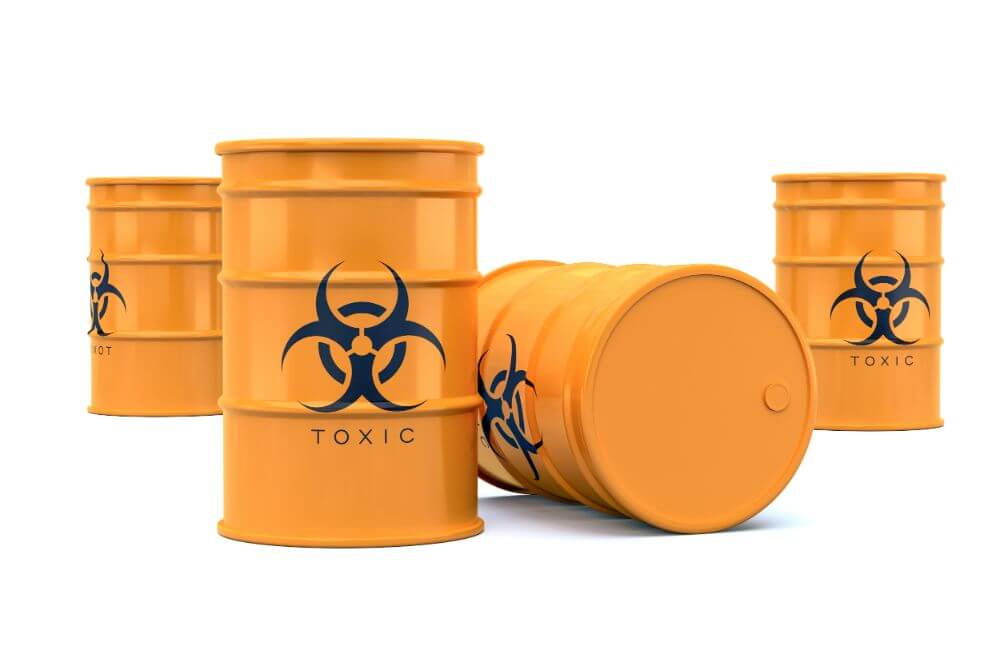Suppose you are working in a company or even own a manufacturing process that involves hazardous waste. In that case, you need to know the proper procedures for transporting and disposing of that waste.
Many different kinds of hazardous waste fall into various categories, each of which can cause potential harm to both human health and the environment. Therefore, ensuring that these toxic substances do not come into contact with people or the environment is essential to the local community’s health.
This article discusses how to transport hazardous waste.
Why is Hazardous Waste Transportation Regulated?
Transporting dangerous waste is strictly regulated and controlled by law because it can be extremely harmful to both people and the environment. In addition, hazardous waste spills can cause severe damage to ecosystems and surrounding populations.
These regulations are designed to regulate the proper transportation of hazardous waste and its treatment and disposal. Obviously, getting rid of toxic waste doesn’t end with its transportation; it must be properly treated and disposed of.
Moreover, hazardous waste transportation is strictly regulated because spills can occur if the proper containers and shipping methods are not used.
How are Hazardous Wastes Generally Transported?
The majority of hazardous waste is transported over public highways using trucks. Trucks can gain access to almost all industrial sites, so they are the preferred mode of transport.
Generally speaking, hazardous waste of all sorts will be shipped in trucks that feature large tanks made out of aluminum alloy or steel with capacities up to 9,000 gallons. In some cases, hazardous waste may also be shipped in 200-liter metal drums.
There are special governmental regulations for both the cargo trucks and shipping containers that must be adhered to.
In addition, some hazardous waste is shipped by rail. However, shipping by rail is costly, and trains usually don’t go right to the factories, so shipping hazardous waste by rail requires extensive siding facilities and storage facilities.
Due to cost, hazardous waste is usually not transported by airplane. In addition, it is usually never transported by water due to environmental risks; you do not want dangerous waste spilling into water systems.

The Hazardous Waste Manifest System
A so-called cradle-to-grave system is in place for transporting hazardous waste. This is a special manifest system designed to keep track of hazardous waste from its point of origin all the way through to its disposal.
One of the issues that this manifest system hopes to solve is midnight dumping – when companies illegally dump their house waste in the middle of the night without any regulations.
Moreover, this manifest system provides a way of determining the quantity and the type of hazardous waste created and how the situation should be handled if there is an accidental spill. The manifest is a document drawn up by the entity creating the hazardous waste, such as a chemical manufacture or production facility.
Generally speaking, the manufacture is ultimately responsible for the transport and disposal of the waste and the manifest itself.
Each time waste moves from one place to another or changes hands, the manifest must be signed by the person or entity receiving the waste. In addition, each party involved in this procedure must keep a copy of that manifest.
Hazardous waste manifests are all about tracking exactly where the waste comes from and where it goes and making sure that the parties involved are held accountable in the event a spill or accident occurs.
Rules for Transporting Hazardous Waste
First, any entity wishing to transport hazardous waste must obtain an EPA identification number. Without an EPA ID number, transportation of any sort of hazardous waste is prohibited. Moreover, each vehicle used for hazardous waste transportation must also have its own ID.
If you are the entity that produced the hazardous waste, you are responsible for initiating the manifest process. Therefore, unless you are shipping hazardous waste by rail or water, you must always have a copy of the manifest accompanying waste shipment.
If a transporter spills or discharges any kind of hazardous waste, they must take immediate and appropriate steps to protect the environment and human health. Moreover, when such a spill occurs, the transporter must notify the National Response Center.
If a spill occurs, it is also the responsibility of the transporter to clean up the hazardous waste to the point where it no longer presents a hazard to the environment or to human health.
Conclusion
When it comes to transporting hazardous waste, some strict laws and regulations must be followed for each type of waste, as well as each transportation method. Unfortunately, there is simply far too much information for us to cover here. However, this article should serve as a starting point.
The main takeaway is that if you are a transporter of hazardous waste, you are mandated by law to follow the manifest system. If a spill occurs, it is your responsibility for the cleanup and proper disposal.

